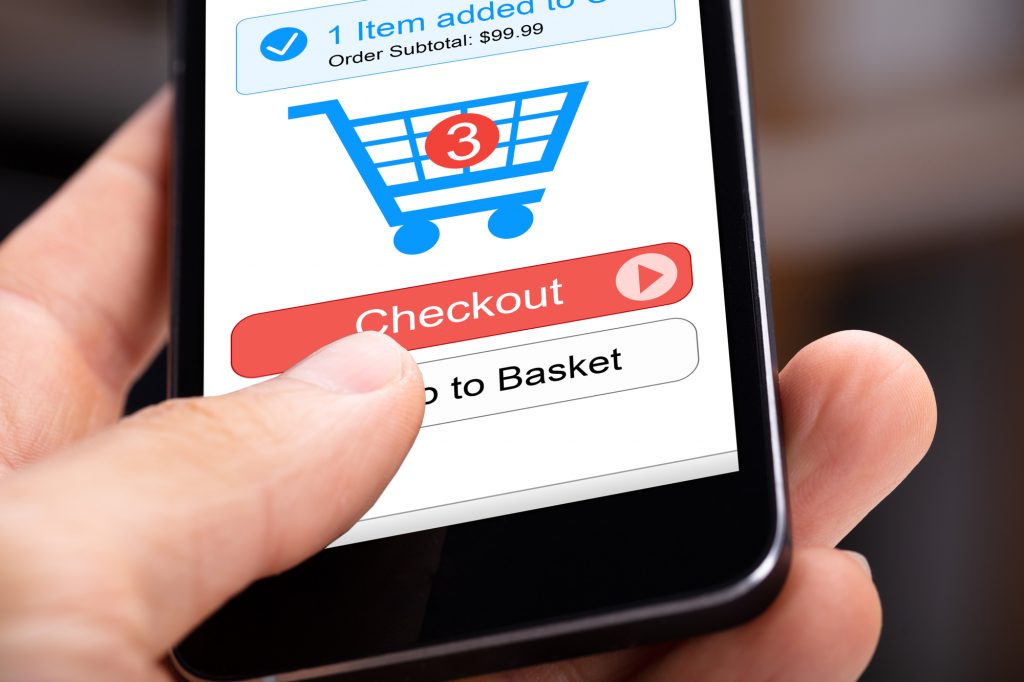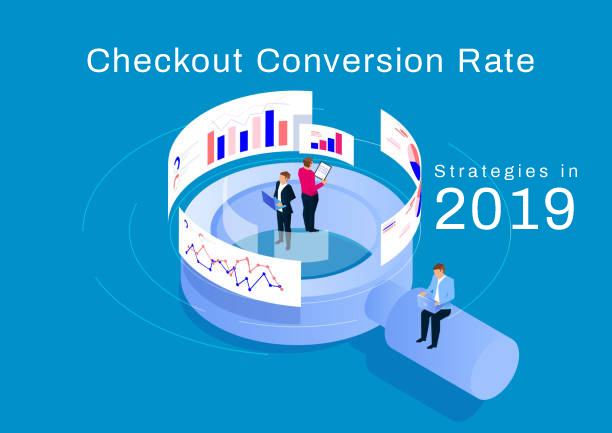Checkout Conversion Rate Strategies in 2019
Running an e-commerce store requires a lot of diligence and attention to detail. Depending on how many products you sell, you could be managing a wide array of moving parts. When it comes to boosting your bottom line, all of these elements can seem a bit overwhelming at first.
One of the best ways to ensure success is to segment your site into different sections. In this article, we’re going to focus on one thing – checkout conversion strategies. The checkout process is integral to your site’s overall earnings. Are you converting customers as much as you should?
Why Checkout Conversion Matters
It’s easy to assume that if a customer is already going to the checkout page that he or she is ready to buy. However, according to recent data, up to 69 percent of consumers abandon their shopping cart before finalizing a purchase.

So, if you’re not optimized for checkout conversion, you could be leaving a lot of money on the table. However, before we can understand which tactics and techniques can improve your conversion rate, we need to know why customers abandon their carts in the first place.
According to a study by Business Insider, here are the top five reasons for cart abandonment.
- Shipping Costs Were Higher Than Expected (58%)
- Wanted to Compare Total Costs to Other Sites (57%)
- Wanted to Save Cart for Later (55%)
- Order Didn’t Qualify for Free Shipping (50%)
- Shipping Costs Were Listed Too Late in the Checkout Process (37%)
Now that we’re armed with this information, we can consider some of the best ways to improve your checkout conversion rate. Here are the top tips we’ve compiled.
Offer Free Shipping
You probably noticed that three of the five reasons above were related to shipping costs. Unfortunately, mega-sites like Amazon have conditioned consumers to believe that free shipping is the norm, not the exception.
So, if you want to compete with other e-commerce stores, you need to keep up with demand. That being said, free shipping doesn’t have to tank your business or your bottom line. Here are a few tactics to try when rolling out this service.
Enforce Minimum Order Values
Realistically, you don’t want to offer free shipping on all orders. Instead, figure out the minimum order value that will still be economical for your brand. For example, all orders over $50 qualify for free shipping. This way, you can encourage your customers to spend more, and you don’t lose money in the process.
Use Free Shipping as a Promotional Tool
Overall, free shipping is a powerful motivator for online shoppers. You can leverage this power by incorporating it into a different promotion. For example, offer free shipping for new members, or for those who buy a particular product.
Make it a Limited Time Offer
Fear of missing out (FOMO) is another provocative tool in the marketer’s toolkit. By offering free shipping for a limited time, you can inspire customers to act now. One of the best ways to do this is to reach out to past customers or those who have tagged items on a wish list. This way, you already know that they are willing to buy – free shipping is just the final push to get there.
Streamline the Checkout Process
Another sticking point for many consumers is that checking out of an online store can be complicated or convoluted. When there are too many screens or forms to fill out, the process can be more trouble than it’s worth.
If you can streamline your store’s checkout, you can increase conversions immediately. Here are a few strategies to consider.
Be Upfront About Costs
As we saw above, a significant reason for cart abandonment is that costs were listed too late during checkout. When shoppers are hit with unexpected fees, it can leave a bad taste. Instead, offer an estimate of the total with fees upfront so that there are no surprises later.
Experiment With Single or Multi-Page Checkouts
When it comes to streamlining your checkout, it may be tempting to consolidate everything onto a single page checkout. However, the impact this has will depend mainly on the type of business you operate. In some cases, more pages can lead to higher conversions. We highly recommend conducting some A/B tests to see how users respond to both methods.
Avoid Mandatory Sign-Ups
Most e-commerce stores have abandoned the practice of forcing customers to create a user account, but some of them still do it anyway. Today’s shoppers are more wary about giving personal information, so always present them with an option to checkout as a guest.
Utilize Google Autofill
An easy way to help customers save time when checking out is to enable Google’s autofill program to do most of the work. The less that a shopper has to do to complete a purchase, the more likely he or she is to follow through.
Offer Alternate Payment Options
According to the same survey we cited at the beginning, around 25 percent of customers abandon their cart because their preferred payment option wasn’t available. In some cases, entering credit card details can seem off-putting, particularly for a new site.
By adding alternative payment options like PayPal or Apple Pay, you can not only streamline the checkout process but alleviate consumer fears as well.
Bottom Line: Optimize Your Checkout
If you want to be sure that your e-commerce store is doing well, you need to optimize every component. Checkout systems should be a top priority since you already know that these customers are interested in what you have to offer. Also, experimentation and analysis are key – focus on what works and ignore what doesn’t.

